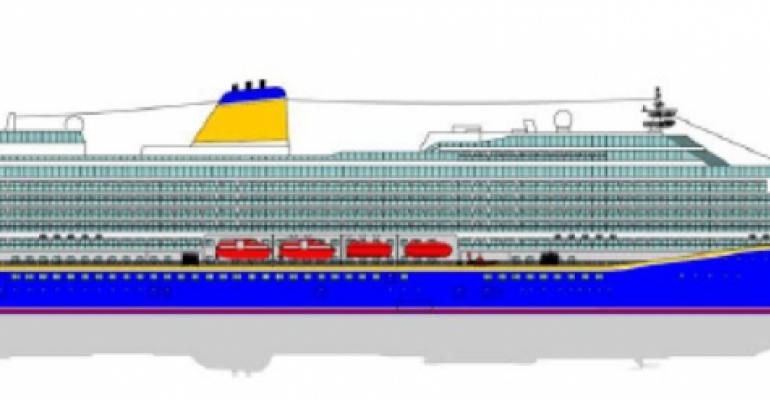The new total offering for both 'black' and 'grey' water waste, as well as disposing of dry and food waste, was placed with Wärtsilä in September, with an option for a second vessel.
The overall 'full treatment' solution will provide the vessels with an environmentally clean, safe, and energy efficient means of handling their effluent and garbage. The Wärtsilä equipment utilises new membrane technology that is particularly energy efficient, with energy savings of up to 50% over conventional membrane systems.
'Our waste treatment systems are state-of-the-art in terms of both technology and energy efficiency. Saga Cruises and Meyer Werft are both important customers, and we have tailored the solution for these ships to meet their specific needs and requests,' says Kevin Robertson, gm, Water Systems Wärtsilä Marine Solutions.
'We have a good relationship with Wärtsilä and are very familiar with the high quality of their solutions and the excellent level of support we can expect from them. Having a single supplier for the complete handling of all waste, both wet and dry, means fewer interface challenges which adds value to the project,' says Bernd Wiltfang, Meyer Werft.
Each vessel will be fitted with Wärtsilä's Advanced Wastewater Treatment system, including grease traps, buffer tanks, and membrane bioreactors; Wärtsilä's Dry Waste Disposal system, including densifiers, glass crushers, bale compactors and storage; Wärtsilä's Food Waste Vacuum system, including feeding stations, shredders, collection tanks, vacuum stations, decanters with flocculation, and food waste chutes; Wärtsilä's Bio-Sludge Treatment system, including a de-watered bio waste silo, decanters with flocculation, a dryer, and a dried bio-sludge silo; and Wärtsilä's Dry Garbage system, including shredders, a dry waste silo, and incinerator.
When completed, the 236mtr long vessel will offer capacity of 999 passengers.
Copyright © 2024. All rights reserved. Seatrade, a trading name of Informa Markets (UK) Limited. Add Seatrade Cruise News to your Google News feed.


